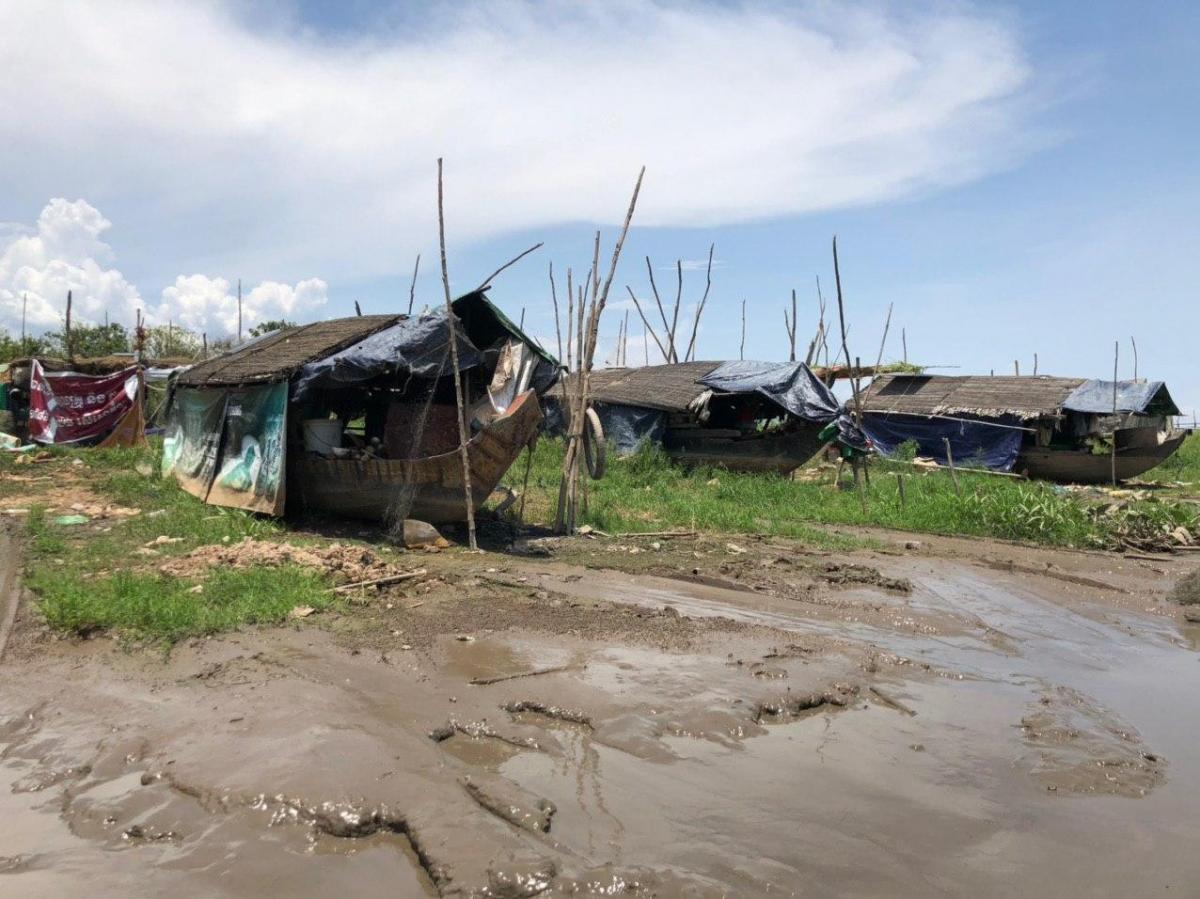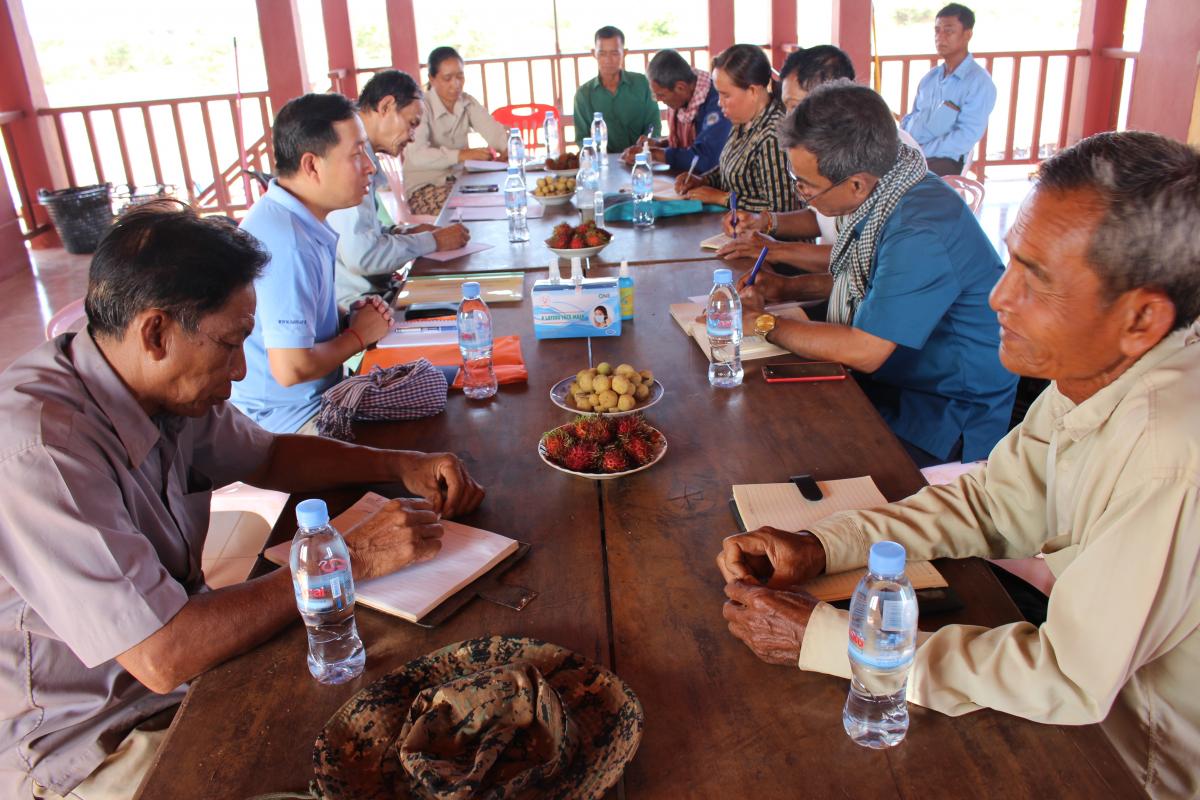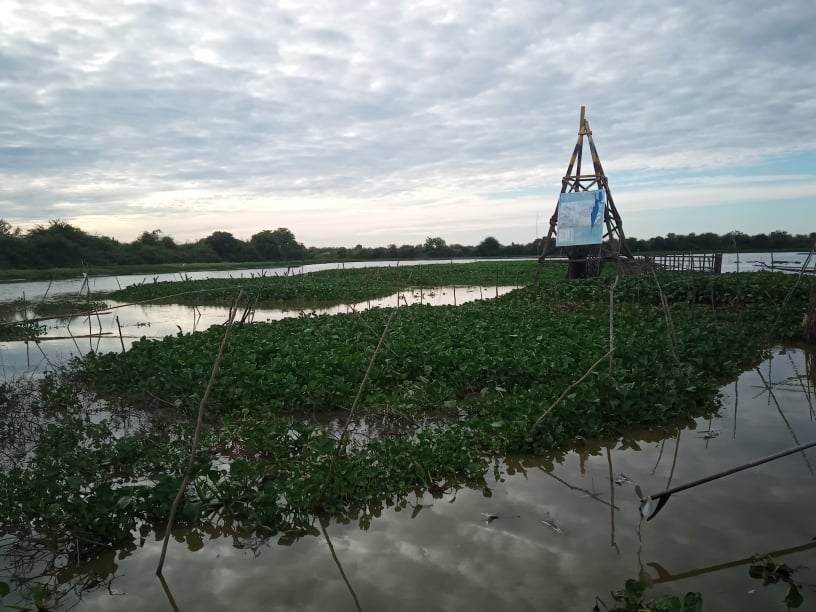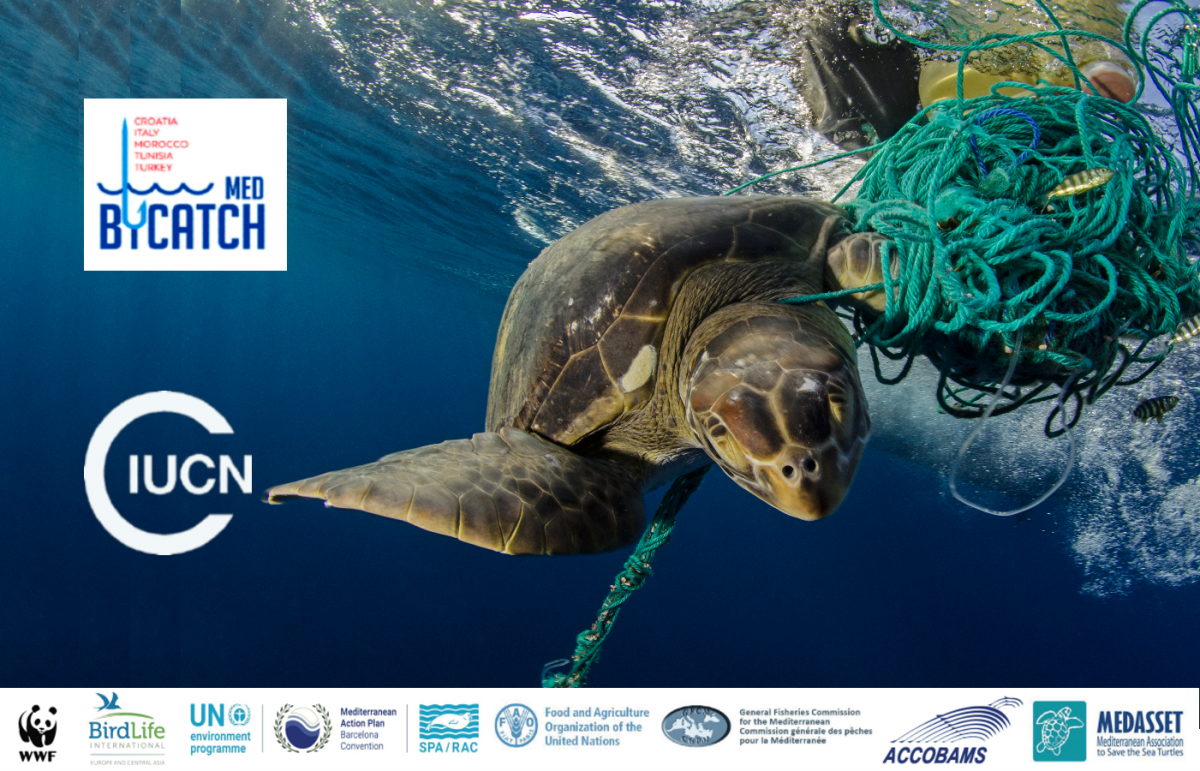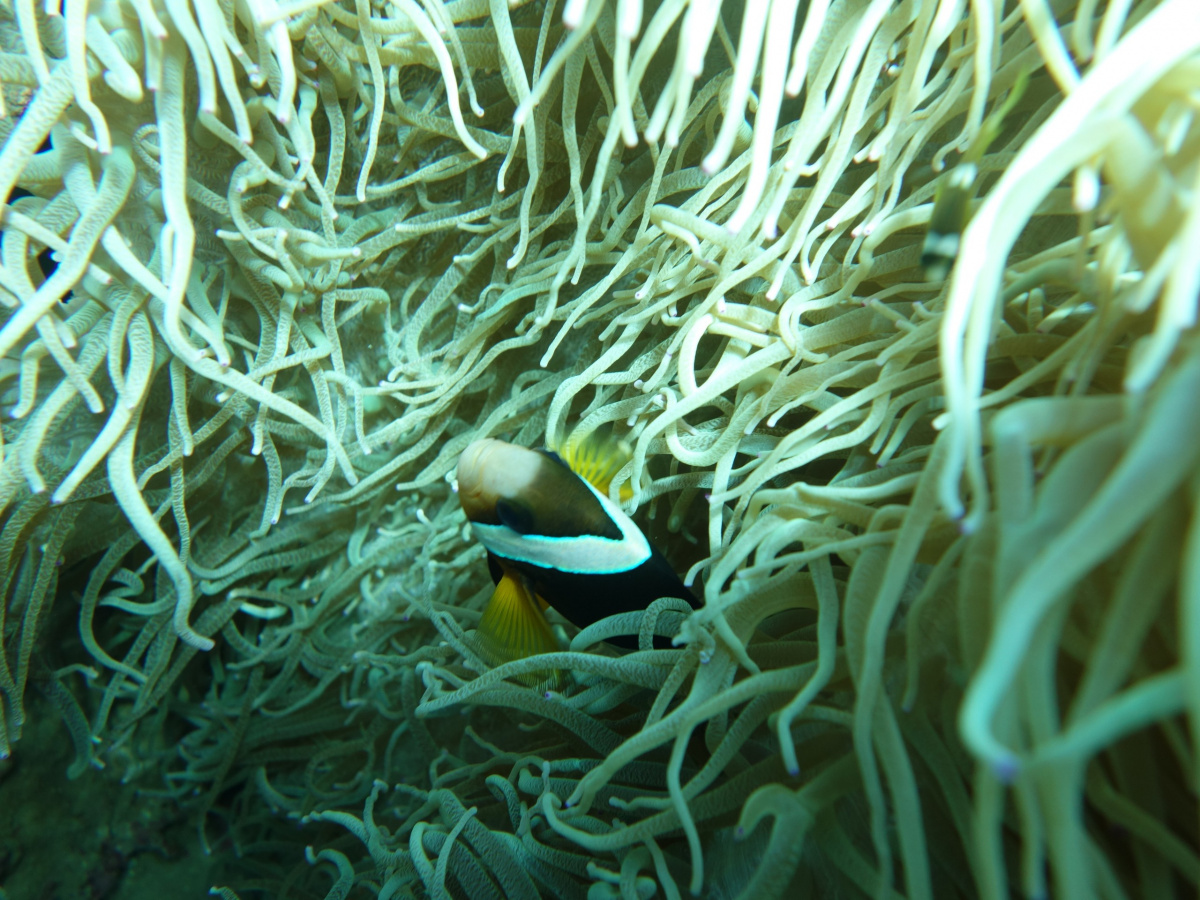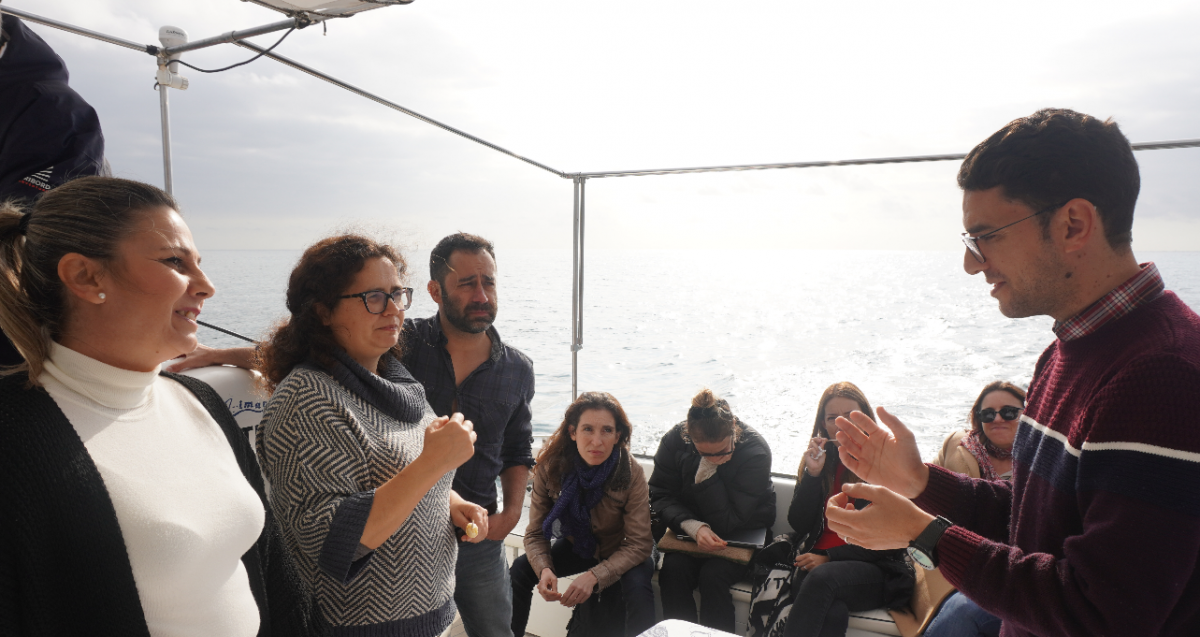Locally managed fish conservation areas build drought resilience in Tonle Sap
The Tonle Sap is the largest lake in Southeast Asia and the world’s most productive freshwater fishing ground. Its extraordinary productivity is driven by the annual reversal of the Tonle Sap river, the river that connects the lake to the Mekong. In August, the force of the Mekong reverses the flow of the Tonle Sap River (a rare case of water flowing uphill) and the lake starts to fill up, eventually reaching six times the area and 80 times the volume (equivalent to one-sixth of the Mekong’s total annual discharge).
The flow reversal of the Tonle Sap river brings in massive amount of nutrients and fish fry that mature in the flooded forests that surround the lake and form the basis of the its annual 500 million tons of fish catch. In November, when the Mekong discharge weakens, the lake starts to drain and water and sediment flow downstream to the delta.
If water is the blood of the Mekong system, the Tonle Sap is its beating heart and in 2019 the lake almost suffered a heart attack.
As a result of an El Nino-induced drought and the impoundment of an unprecedented volume of water by China’s 11 dams on the upper Mekong, the lower Mekong ran dry in places and the river bed and shoals were exposed. This delayed the flow reversal of the Tonle Sap river until September and the reversal only lasted one month. These impacts were compounded by irrigation projects around the lake that further reduced water inflow. Since fish biomass is correlated with the lake area at its maximum extent, fish catch has declined.
IUCN, FACT, CI, and other organizations have sought to build local resilience to climate shocks by supporting the establishment and effective management of fish conservation areas (FCAs), small but strategically located areas where the broodstock or “mother fish” congregate during the dry season. In 2013, with EU funding, IUCN and FACT established three FCAs in the Tonle Sap. Since the project ended in 2016, we have continued to visit the FCAs on a regular basis to capture impacts and lessons learned. Theses show marked increases in fish catch, income, and general well-being as well as larger fish and a larger number of species.
In May 2020, an IUCN team visited the FCA in Balot in the Boeung Chhmar Ramsar site. According to Ouch Phean, village chief, “the Tonle Sap lake water was lower than previous year. As usual, in early June, the water in the lake goes up, but in 2019 water flow from the Mekong came so late until mid-September and quickly receded in mid-October.” Catch per unit effort has gone down, which has forced some fishers to move away or take on more debt.
But the FCA is in good shape. While fish catch has declined, fish are still abundant and no fish deaths have been reported. As surrounding areas have dried up, the FCA has also attracted large numbers of water birds, such as Asian Open-bill stork (LC) and Painted stork (NT) and the Smooth-coated otter (VU) and Hairy-nosed otter (EN). One reason for the success of the FCA in buffering extreme drought conditions was community investment in dredging the FCA and adding large branches as fish attraction devices to increase fish recruitment and deter illegal fishing.
To strengthen local autonomy, IUCN established a $5,000 trust fund in Balot in November 2018. This has since generated $653 in interest, which the community will use to set up a community-managed fish cooperative whereby local fishers agree to sell their catch to the fish cooperative at a 1,000 riel/kg premium over the price they get from middlemen. The cooperative then sells the catch to the local market.
In addition to Balot, IUCN has established two trust funds in the Tonle Sap and in cooperation with CEPA 11 trust funds in the Stung Treng Ramsar site as part of broader initiative to test models of sustainable financing in community fisheries management in Cambodia. Funding for these trust funds has come from the Manna Foundation, IUCN NL’s Shared Resources, Joint Solutions, and SDC.
